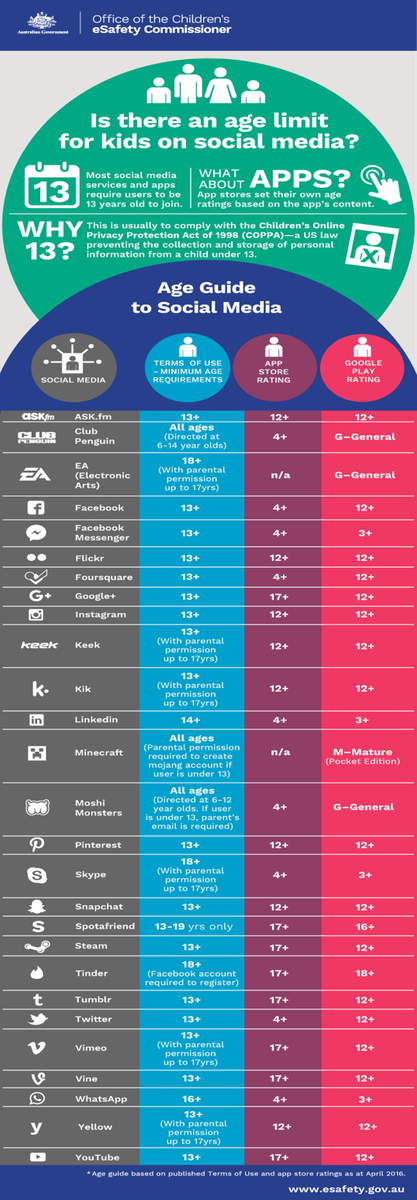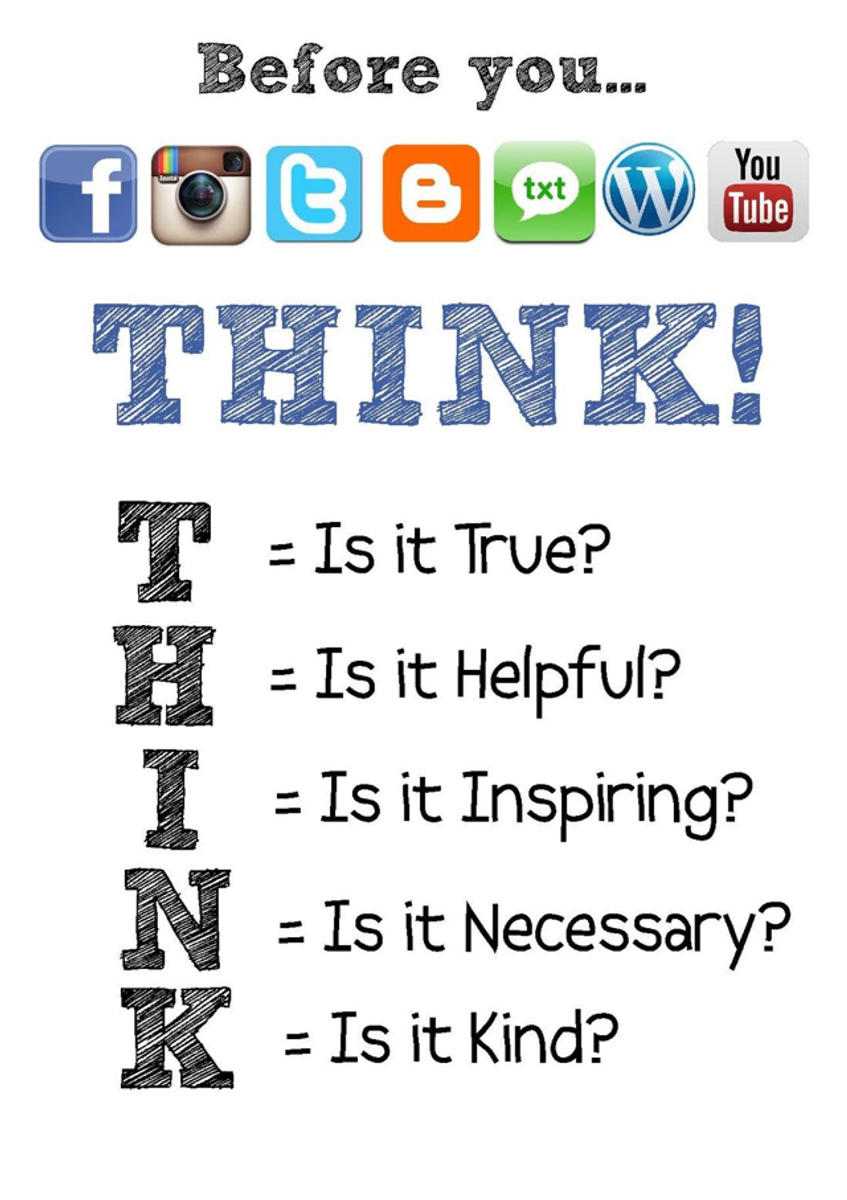STUDENT WELLBEING REPORT

Social Media
Social networking is a large part of the social identity of young people. They are avid users of a range of social networking services including Facebook, YouTube, Snapchat, Instagram and Twitter.
Many kids also network through playing online games like Club Penguin, Moshi Monsters, Minecraft and World of Warcraft.
All of these services provide fun and engaging ways to:
- stay connected and interact with friends and family
- post information and updates about themselves and their activities
- share photos and videos
- chat and play games
- comment on other people’s photos, posts and profiles.
It can be difficult to resist the ‘pester power’ of your kids when it comes to allowing them to engage on social media, especially when their friends may be allowed. There is a risk they may feel alienated, but ultimately you know your child best and whether they can handle the responsibilities and pressures of being on social media
HOW CAN I SUPPORT MY CHILD TO BE SAFE ON SOCIAL NETWORKS?
Social networks can be a great experience for your kids and there are a number of ways that you can play a part in helping them enjoy their benefits.
These include:
- STAYING INVOLVED
Establish your own account on the sites they use and learn about the privacy settings. Don't be intimidated by new technologies – understanding how these sites work may help you feel more comfortable with your kids exploring these spaces.
- CHECKING ‘TERMS OF USE’
Terms of use for each social media service covers the rules for using the site, the type of content that can be posted and any age requirements. Read these to your child to make sure they understand what is expected of them.
- BEING AWARE OF AGE GUIDELINES
It is useful to consider whether you are comfortable with the content and the potential for contact with others including teens and adults on each site. Consider whether your child is socially ready to manage contacts and look out for the age ratings set by app stores to help identify age-suitable content.
- SETTING RULES
Make sure your child knows what information they can share or post and encourage them to tell you before they join new networks and before they post any personal information, including their full name, address or school.
- ESTABLISHING SAFE PERSONAL PROFILES
Ensure they don’t put too much personal information online. Help them create user names or IDs that do not communicate gender, age, name or location and are not sexually provocative.
- ESTABLISHING PRIVACY
Ensure your child’s account is set to the strongest privacy setting so only their circle of friends can view their information, tag them in a photograph or share posts. Many sites have privacy protection information and safety tips.
- ENCOURAGING THINKING FIRST
Encourage your kids to think before they put anything online, even among trusted friends and remind them that once shared, information and photos can be difficult or impossible to remove and may have a long-term impact on their digital reputation.
- PROMOTING RESPECTFUL COMMUNICATION
Advise your child to stay respectful and be nice online and to avoid responding to any negative messages and report any they receive to you or another trusted adult.
- CHECKING REVIEW SITES
The Office of the Children’s eSafety Commissioner has prepared a guide to popular social sites and apps.
For further information, please visit https://www.esafety.gov.au/
Brianna Morelli
Student Wellbeing and Engagement
Assistant Principal


